Reflections on Spennymoor High Street, 85 years to the day from Woolworths’ arrival
I suspect it will have passed the townsfolk by, but today – 13 August – is the 85th anniversary of Woolworths opening in the County Durham town of Spennymoor in 1927. However, the location of the new shop (store #278) wasn’t where you might think.
In previous blogs, I’ve written about how the Woolworths stores in towns like Alnwick, Houghton-le-Spring and Wallsend opened in one location before later moving to a new, bigger spot nearby – and the same is true of Spennymoor.
Woolworths traded from its latterday site at 3 Festival Walk – today’s The Original Factory Shop – from 28 September 1967, but its location for the previous forty years was, I’ve discovered, at 37-39 High Street. That address is given on Woolworths’ own 1957 property list and also in the 1936 Kelly’s Directory, though the 1929 Kelly’s Directory gives the slightly different address of 35-37.
However, where the former locations in other North East towns can be reasonably easy to pinpoint in relation to those places’ modern-day high streets, neither 35-37 nor 37-39 High Street exist as present-day addresses in Spennymoor: only 35 and 39 individually, with no 37. So, where exactly was the town’s original Woolworths?
When conducting this type of historical research, the trick is to build up an overall picture by pulling together and corroborating different pieces of evidence. So, a good start is to find out that the present-day no. 35 is N Hocking’s butcher’s shop (with one of the town’s most attractive shopfronts, incidentally) and 39 the former Ivy House clothing store: this implies that Woolworths used to sit between the two, where the present-day opening for Oxford Road was punched through in the ’60s or ’70s. The strangely blank gable end of no. 39 (pictured above) is also a visual clue, suggesting that another building would once have abutted against it.
Street numbering can move around, however, so to be certain it’s helpful to have photographic evidence as well. Happily, I’ve been able to find a 1920s postcard that shows what could well be a Woolworths fascia in exactly the right location.
If we zoom in to see a bit more detail, the tall building that most recently accommodated Ivy House is very visible towards the left of the image, while the likely Woolworths building is the white two-storey property, with an awning, to its right. You can also make out what could well be the distinctive red and gold Woolworths fascia, as seen in greater detail in my old images of the Jarrow or Hawick branches.
Then, by comparing that to my present-day shot from the same spot, below – accurately located by taking a copy of the postcard along with me to Spennymoor! – we can clearly see where the probable Woolworths building has been removed to make way for the road, just in front of the white van. Apart from that, and the loss of buildings further down the street to make way for the 1960s Festival Walk shopping centre, it’s remarkable how little the streetscape has changed in eighty years.
So, why is all this historic information of value? Regular readers will know by now that I have a passion for all things Woolworths, so this particular story has inherent interest as part of that retailer’s long and complicated history.
It also gives us a snapshot of the role that Woolworths played in Spennymoor town centre for more than eighty years, with the store’s 1967 relocation marking an important moment as the town’s retail focus shifted from the traditional high street to the then-modern Festival Walk shopping centre. Following Woolworths’ collapse, its recent replacement by The Original Factory Shop in Spennymoor shines a light, in turn, on one of the country’s fastest growing modern-day discount retailers.
Finally, understanding something of Spennymoor’s retail evolution over the last century helps to contextualise any review of the town’s current situation, where challenges at the now increasingly tired Festival Walk – such as a long-empty Kwik Save and a recently closed Peacocks – are being partly offset by positive developments on the edge of the centre, such as Lidl’s opening in 2009 and last year’s takeover by Iceland of the town’s ex-Netto store.
However, as the town continues to change, it’s arguably the interesting independent shops lining its High Street – like Hocking’s butcher’s – that offer Spennymoor its best starting point for building a distinctive and locally focused retail offer.
So, in that sense, perhaps Spennymoor High Street isn’t so different from how it was when Woolworths first made its appearance, 85 years ago today.
My retail consultancy business, CannyInsights.com, provides bespoke place- and sector-specific market intelligence, including archival research services and extensive coverage and understanding of County Durham. It also works with retailers nationwide to improve their stores, customer communications and market knowledge. For more information, visit www.cannyinsights.com, drop me an email, or give me a call on (0191) 461 0361.

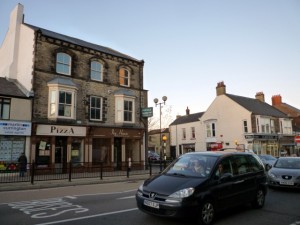
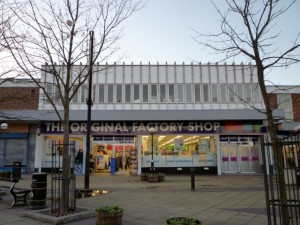
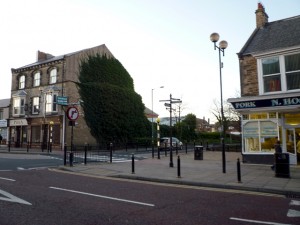
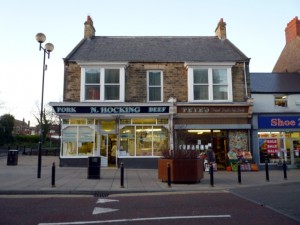
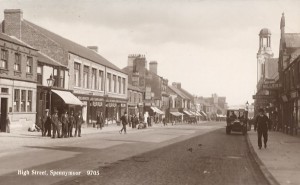
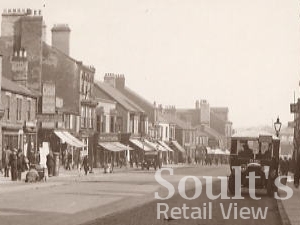
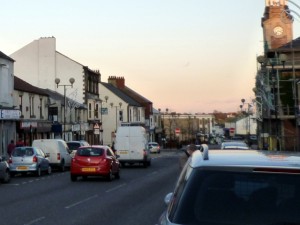
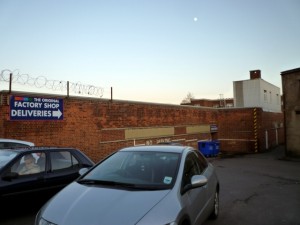
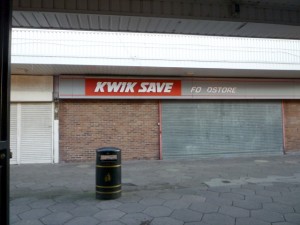
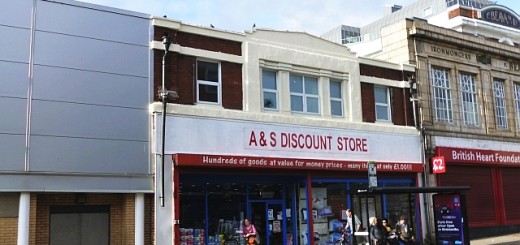
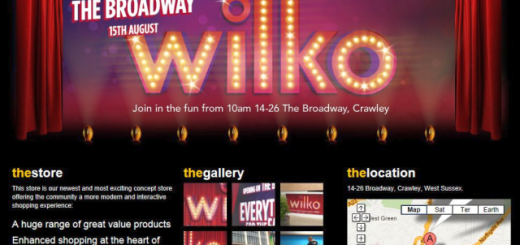
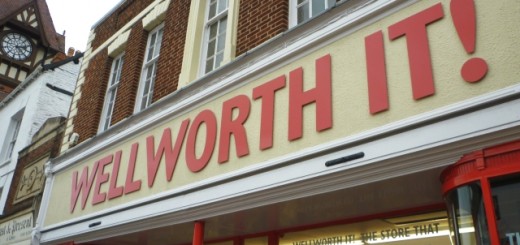
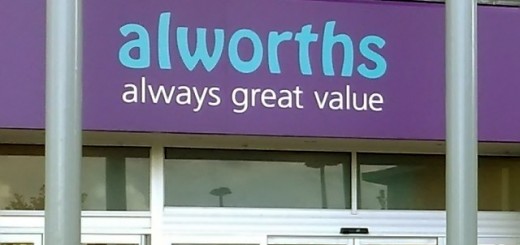


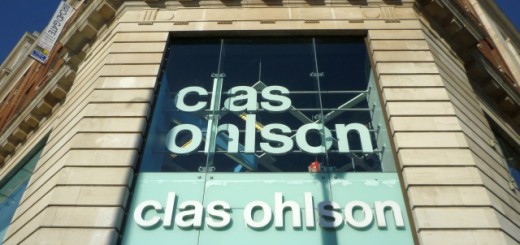
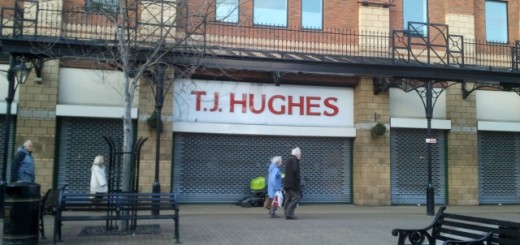
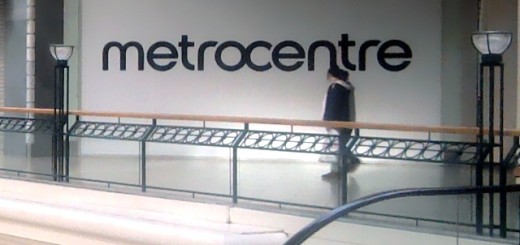
Top to Toe hair, beauty and tanning salon are in the process of moving in to 39 High Street , Spennymoor. We are very interested in the information shared in this article.